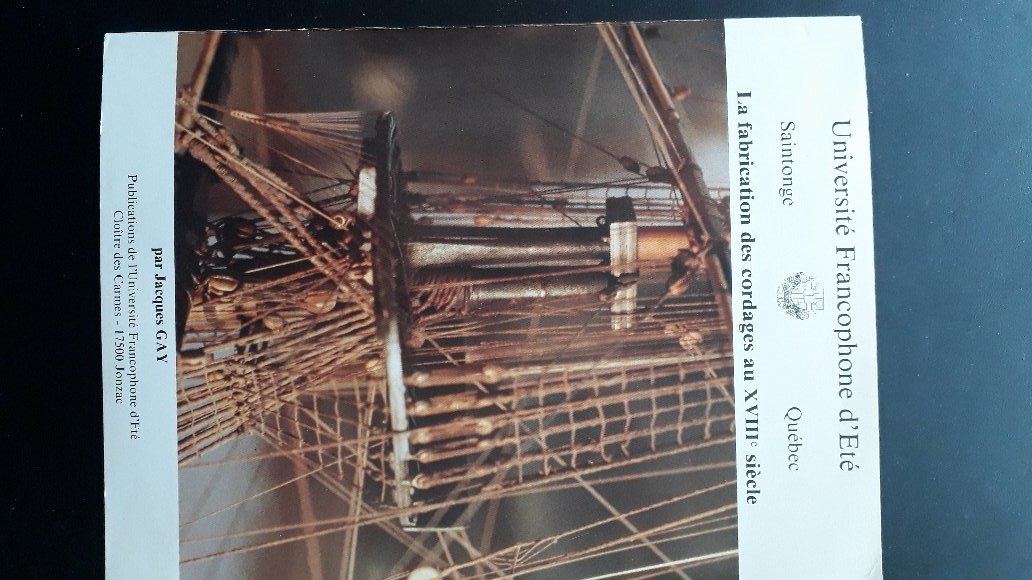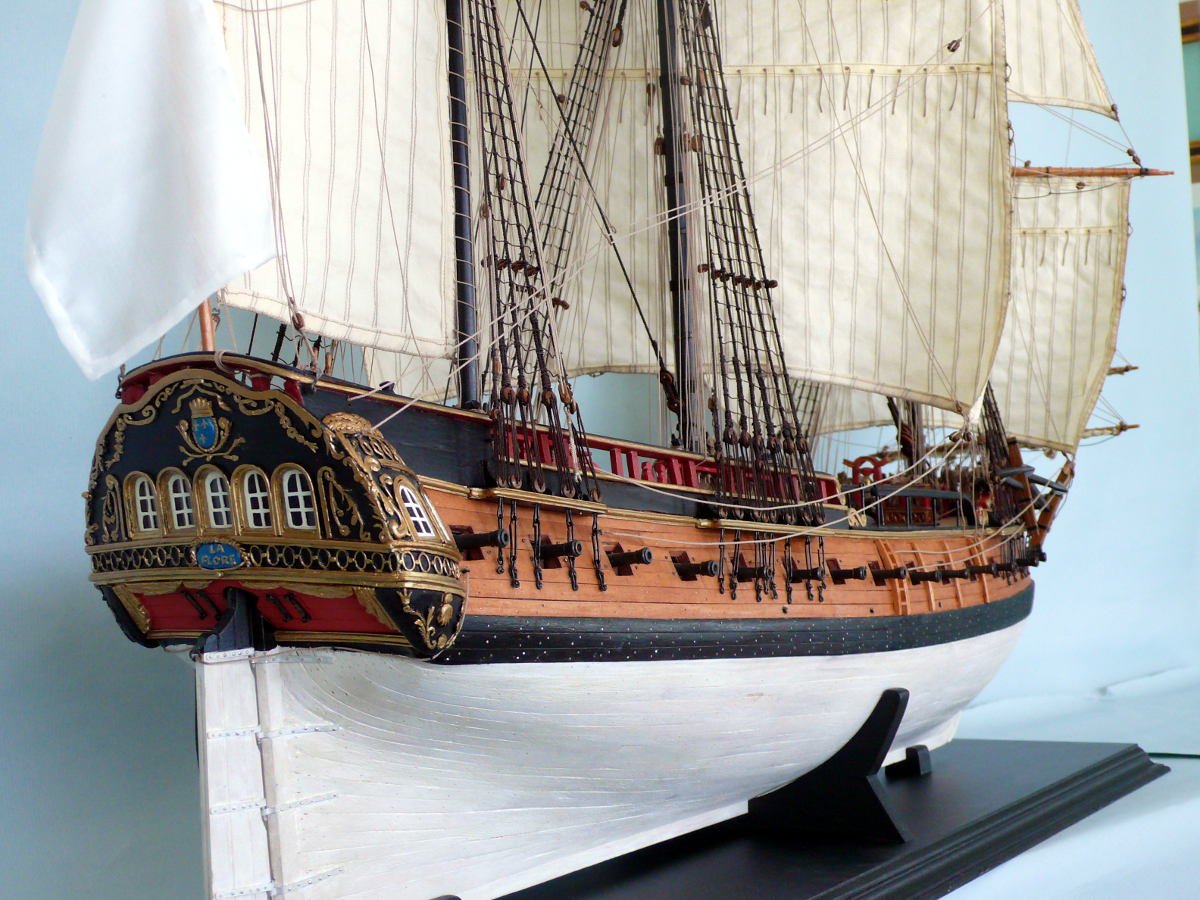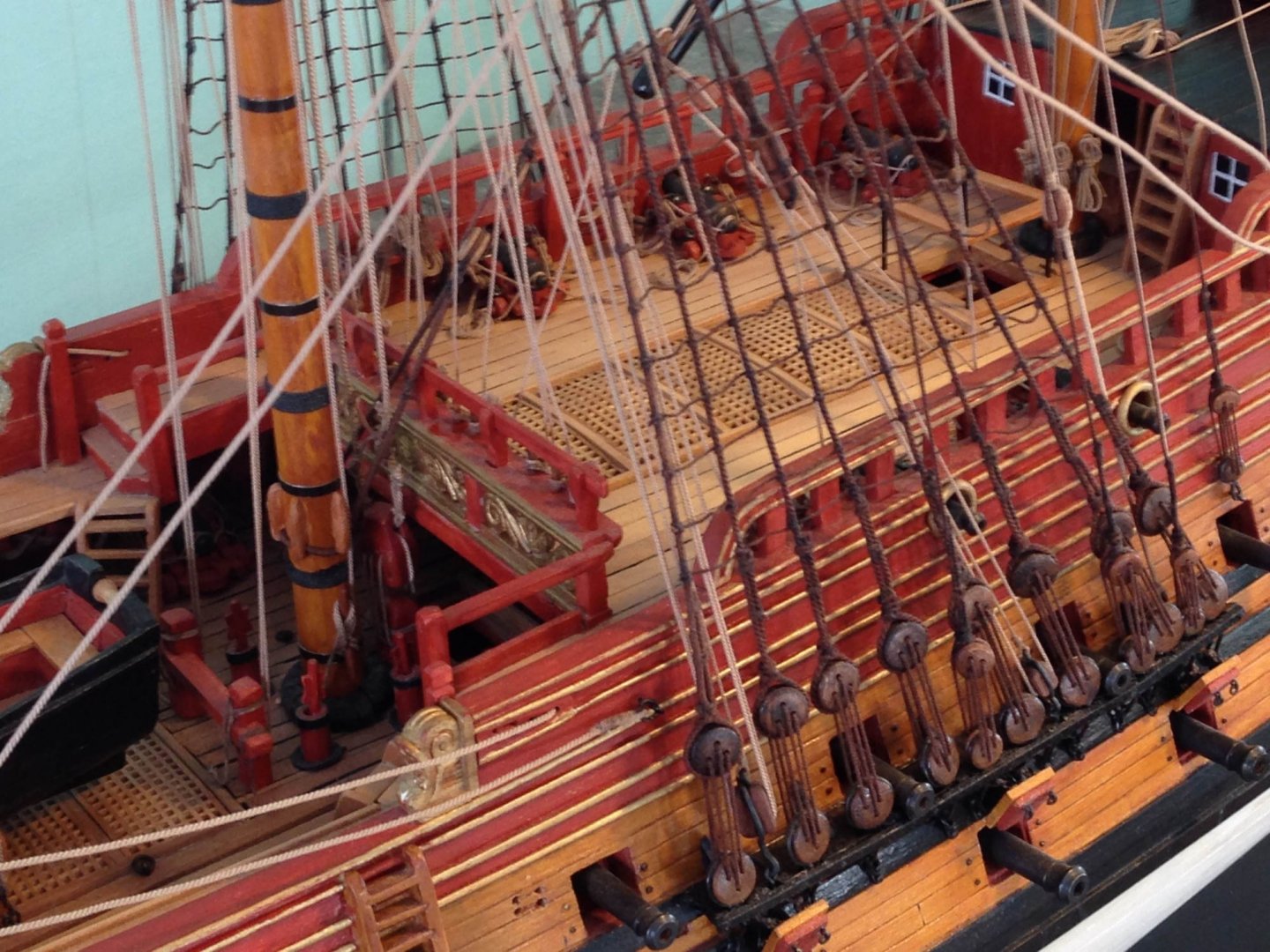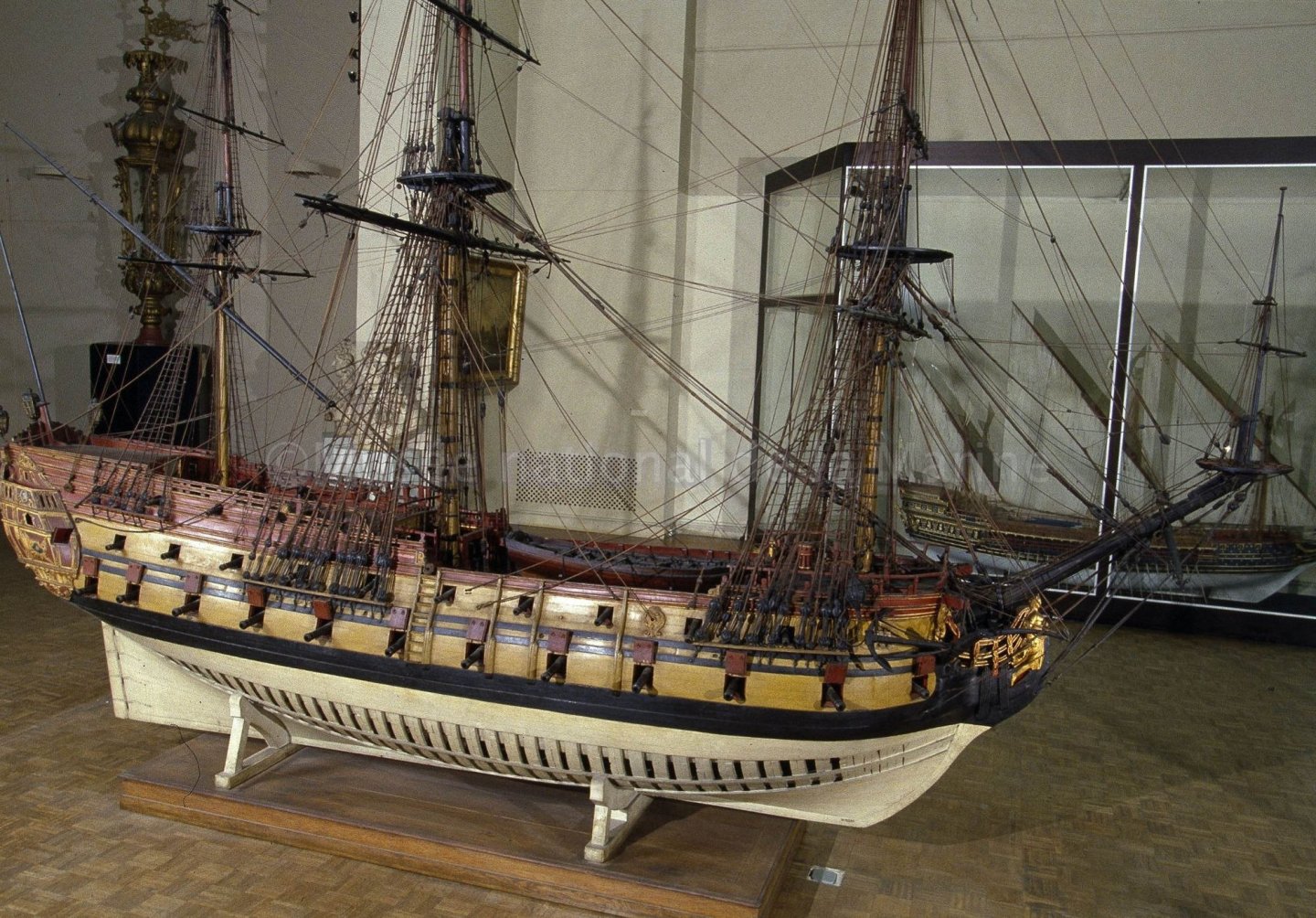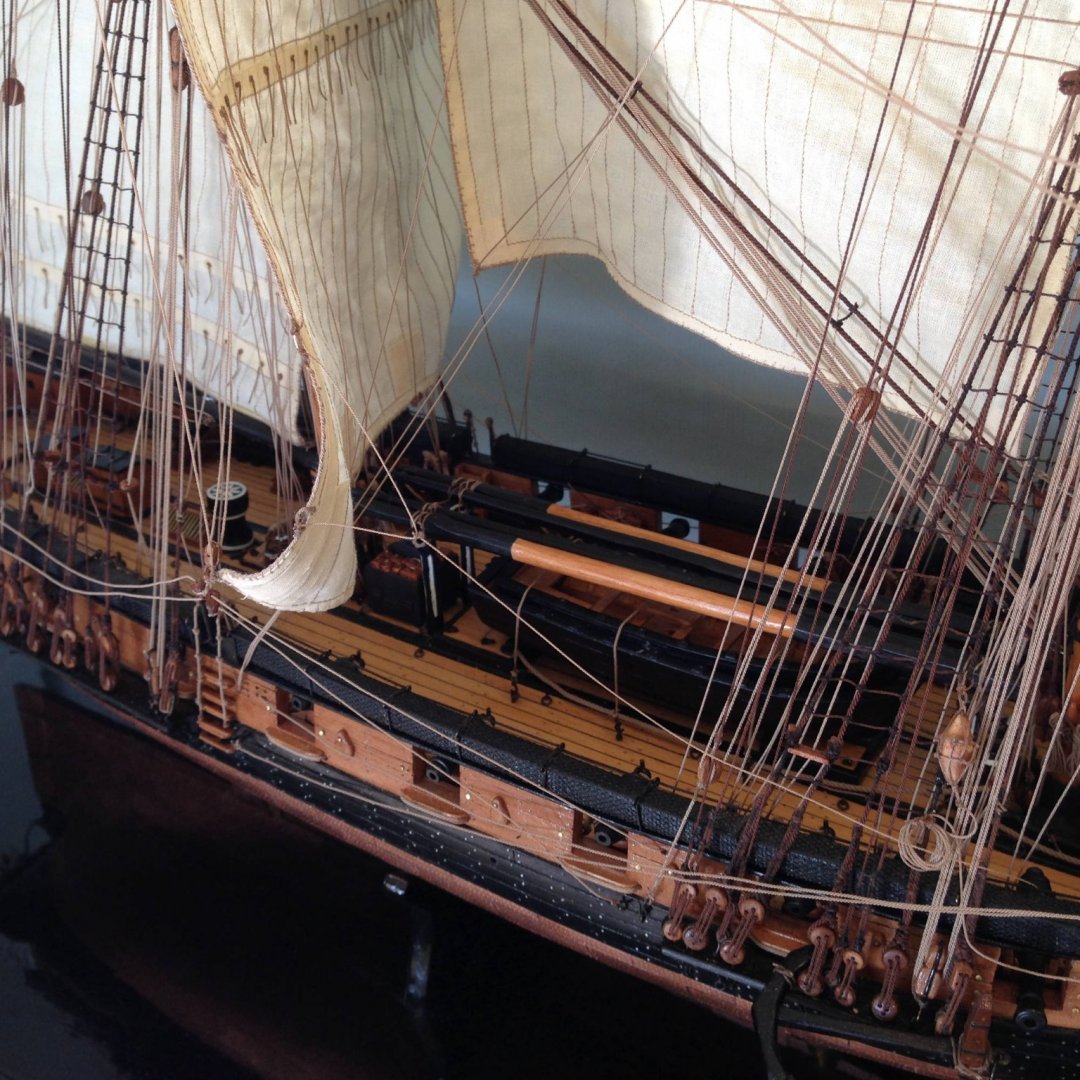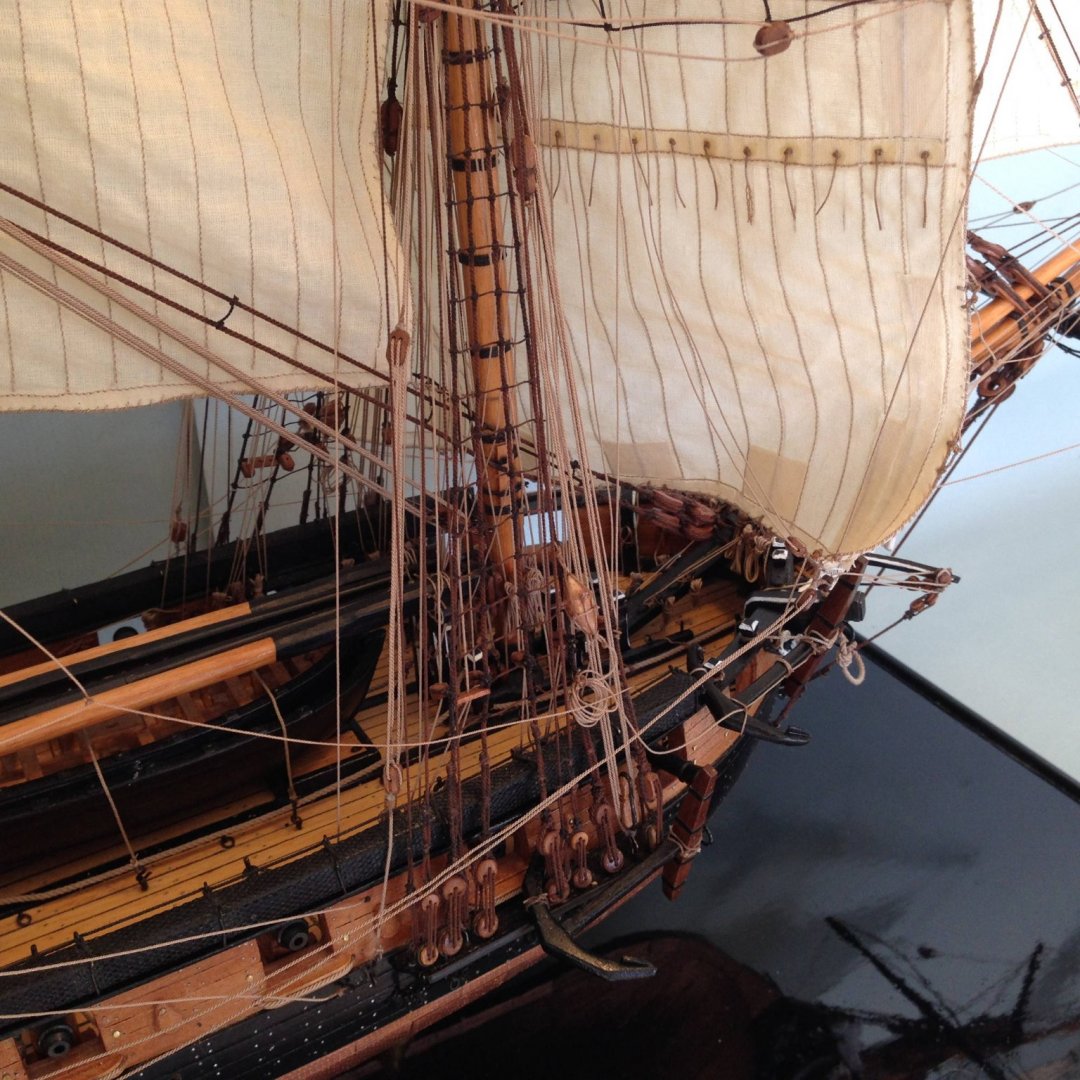-
Posts
192 -
Joined
-
Last visited
Content Type
Profiles
Forums
Gallery
Events
Everything posted by cotrecerf
-
Hello Valeriy, I wish you all the best for the new year. You give me joy seeing your building log growing by all the wonderful items you are able to make.
-
Hi Ibozev, have a look in this forum; there are some suggestions how to cure this problem. b. rgds
-
Welcome Ibozev, from the last 2 fotos of your build it looks like the spine (keel) tends to slightly curve to the right side seen from the bottom resp. left side seen from the bow. I hope it is only an optical effect from your camera. If not, I strongly recommend to immediately ensure to have a straight spine right at this early stage of the build. I the the same problem with a kit many years ago and I did not manage to correct this mistake later on. So I really discarded the kit in the end after wasting a lot of time in fruitless repair. best regards and thumps up Joachim
-

NAIAD 1797 by Bitao - 1:60
cotrecerf replied to Bitao's topic in - Build logs for subjects built 1751 - 1800
Hello Bitao, your work is "Erste Sahne" (First Cream) as we say over here. Accuracy at its best. -
!Chapo! Liberto, fantastic build of your drakkar and fascinating tool making. Saludos cordiales Joaquin
-
Very nice work, Valery! All hull details are no "drowned" in paint but still crisp and clearly discernible. Did you use airbrush and what kind of paint (acrylic, 2-component car paint or else) did you apply? greetings
-
Giampiero, So, all I want to say is: leave your rigging as it is, it is authentic and correct.
-
Giampiero, i have just found the booklet about rope making in 18th century in France; it is showing excerpts from the Duhamel book. Have a look at the colors shown on the cover:
-
Buon Giorno Giampiero, here are some photos concerning the rigging of French ships of the Venus era. They can be seen: https://www.aamm.fr/modelisme/louis_le_grand There is ample information on the French Marine Nationale and its ships through the centuries.
-
Giampiero, the brown coloring of the "light cables" is shown on some authentic period French ship models of the National Maritime Museum in Paris and on the cover of a modern issue of Traité de la fabrique des manœuvres pour les vaisseaux, ou l'Art de la corderie perfectionné, 1747. I will send a photo later. IMHO the darker "cables" look like "goudronné" which means soaked with tarry substance like the famous Stockholm Tar. I personally like the soft colour contrast between the shrouds and the "light cables" much better than the drastic Black and White seen on many models. Greetings and your Venus is very beautiful! Joachim
-

which table saw to get??
cotrecerf replied to kronvold's topic in Modeling tools and Workshop Equipment
I fully support John's description of the advantages of working with a wider table. -

which table saw to get??
cotrecerf replied to kronvold's topic in Modeling tools and Workshop Equipment
Sorry and shame on me Ron for mixing the letters of your name: CORRECT is Ron Thibault -

which table saw to get??
cotrecerf replied to kronvold's topic in Modeling tools and Workshop Equipment
Hi Kronvold, I support the accessories list by Tim Boultron. The comment from Charles Green requires an IMPORTANT UPDATE: Jim offers now a wider table for the TS: from 12 inch to 18 inch. I for myself would opt for the wider table, but conversion of an "old" version TS require shipment to Jim's shop USA and a retutn shipment. Involved cost is too high. So I would recommend to order the a TS with the wider table from the start. I find one more valuable accessory is the SLIDING TABLE. Greetings -

MONTAÑES by Amalio
cotrecerf replied to Amalio's topic in - Build logs for subjects built 1751 - 1800
brilliant. Great inspiration -
Taking the contemporary launching plan from Frederic H.Chapman's "Architectura Navalis Mercatoria 1768" as a valid pattern I see the frames mounted in right angle (90 degree) to the keel timber. In the ship plans of this first scientific naval architect the frames are always shown at right angles to the keel even with ships having an extreme difference of drought between stern and bow. Joachim
-
many firehips were converted regular ships, ex Navy, merchant or prizes. Have a look at https://en.wikipedia.org/wiki/Fire_ship and https://en.wikipedia.org/wiki/List_of_fireships_of_the_Royal_Navy I think their original decoration was not taken off out of two reasons: too much work involved and if one could distinguish an enemy fireship on the first glance due to "low end" outfit it was easier to to adjust own tactics.
-
Hello John, you may have a look here: https://www.preiserfiguren.de/. They offer all sorts of figures in various scale sizes. These model figures are offered by some model railway shops as well. I bought some in 1:48 scale some years ago. The can be adopted quite easily to all historical model eras. Greetings Joachim
-

which table saw to get??
cotrecerf replied to kronvold's topic in Modeling tools and Workshop Equipment
Hi Kronvold, I purchased the Byrnes Table saw plus accessories directly from Jim in the USA mid last year. They packed all items expertly for save shipment with lots of well fitting foam parts in a big carton box and shipped by FEDEX Int'l. It took approx. 4 weeks until the shipment was finally released from German Customs and delivered to me. I would recommend to order all spares and relevant accessories with this first lot due to economising on shipment and import costs. Technically seen it is a wonderful machine in high end manufacture. I love it. Just inquire on their homepage and they will send you an offer including FEDEX delivery cost to your place. Best Greetings to Denmark
About us
Modelshipworld - Advancing Ship Modeling through Research
SSL Secured
Your security is important for us so this Website is SSL-Secured
NRG Mailing Address
Nautical Research Guild
237 South Lincoln Street
Westmont IL, 60559-1917
Model Ship World ® and the MSW logo are Registered Trademarks, and belong to the Nautical Research Guild (United States Patent and Trademark Office: No. 6,929,264 & No. 6,929,274, registered Dec. 20, 2022)
Helpful Links
About the NRG
If you enjoy building ship models that are historically accurate as well as beautiful, then The Nautical Research Guild (NRG) is just right for you.
The Guild is a non-profit educational organization whose mission is to “Advance Ship Modeling Through Research”. We provide support to our members in their efforts to raise the quality of their model ships.
The Nautical Research Guild has published our world-renowned quarterly magazine, The Nautical Research Journal, since 1955. The pages of the Journal are full of articles by accomplished ship modelers who show you how they create those exquisite details on their models, and by maritime historians who show you the correct details to build. The Journal is available in both print and digital editions. Go to the NRG web site (www.thenrg.org) to download a complimentary digital copy of the Journal. The NRG also publishes plan sets, books and compilations of back issues of the Journal and the former Ships in Scale and Model Ship Builder magazines.




